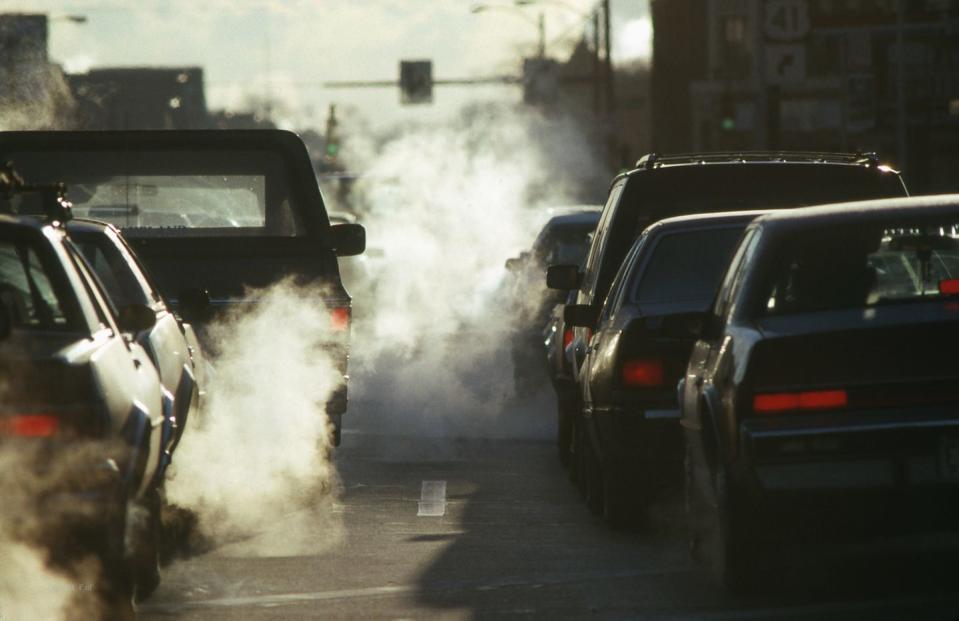Do California’s Zero Emission by 2035 Rules Go Far Enough?

California air regulators voted to ban the sale of new gasoline-powered cars by 2035.
Interim targets will call for battery electrics and plug-in hybrids (PHEVs) to be 35 percent of the sales mix in 2026, with the percentage rising annually until only zero-tailpipe cars can be sold.
The news was met with both enthusiasm and criticism, with some calling for more stringent rules applied to internal-combustion-powered cars during that transitional period, as well.
California’s new clean car rules, approved Thursday, put the state in line with the European Union (EU) in requiring that all new cars sold there by 2035 be zero emission. Under California’s new rules, battery electrics and plug-in hybrids (PHEVs) are required to be 35 percent of the sales mix in 2026, with the percentage rising annually until only zero-tailpipe cars can be sold. By 2028 it’s 51 percent, and by 2033, 88 percent.
In the first half of 2022, 15.1 percent of new vehicles sold in California were either battery electric vehicles (EVs) or PHEVs (up from 9.5 percent in 2021), says the California New Car Dealers Association. Nationally, Edmunds data shows that EV market share from January through July this year was 5.8 percent—up rather dramatically from 2.68 percent in the same period of 2021, but still comparatively low.
What California’s Air Resources Board (CARB) calls Advanced Clean Cars II is certainly a landmark ruling, and has been met with widespread praise from EV advocates. But not everyone is applauding. Why? The new rules don’t add any new requirements that internal-combustion (IC) cars sold before 2035 clean up their acts.

Dan Becker, director of the Safe Climate Transport Campaign at the Center for Biological Diversity (CBD), told Autoweek that the new rules “don’t say anything about IC cars. We need to be moving faster on the EV side, and moving at all on the IC side. I think an emissions improvement of seven percent annually is reasonable. All the technology to make ICs cleaner is sitting on the shelf—hybridization, more-efficient gas engines, lightweight carbon fiber construction.”
Scott Hochberg, an attorney at CBD’s Climate Law Institute, claims the new standards “leave Californians making sputtering progress in the slow lane. California needs to act strongly on gas-powered cars instead of ignoring them, and shift to EVs much sooner or watch our climate stability slip away.”
Joel Levin, executive director of the advocacy group Plug In America, also thinks the rules could have been better. “We’re somewhat sympathetic to Dan Becker’s views,” he told Autoweek. “We’re concerned that the trajectory outlined here is not quite enough to get us there. The rules could be stronger, cleaning up more tailpipes in the intervening years. In the near term, we would have wanted to see something more robust.”
Until 2025, California’s emissions rules are in line with those of the federal government, after which they diverge. And Becker charges that post-2025 “the federal rule is tougher than California’s.” Obviously, however, selling a lot more EVs will cut California’s tailpipe emissions significantly. CARB says that it expects the clean car rules to eliminate more than 50 percent of the climate emissions by 2040 that would have existed in the absence of legislation. The state’s estimate is 395 million metric tons of avoided CO2.

 Yahoo Autos
Yahoo Autos 